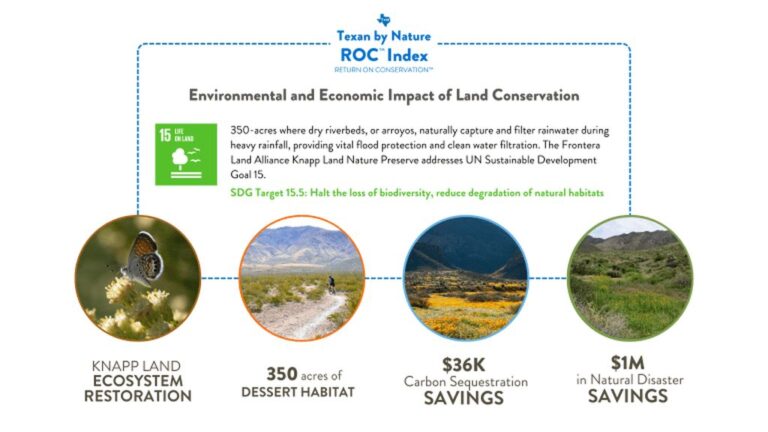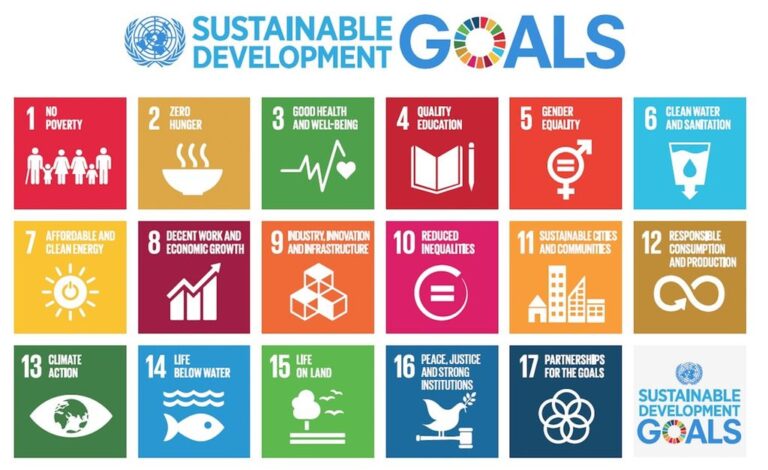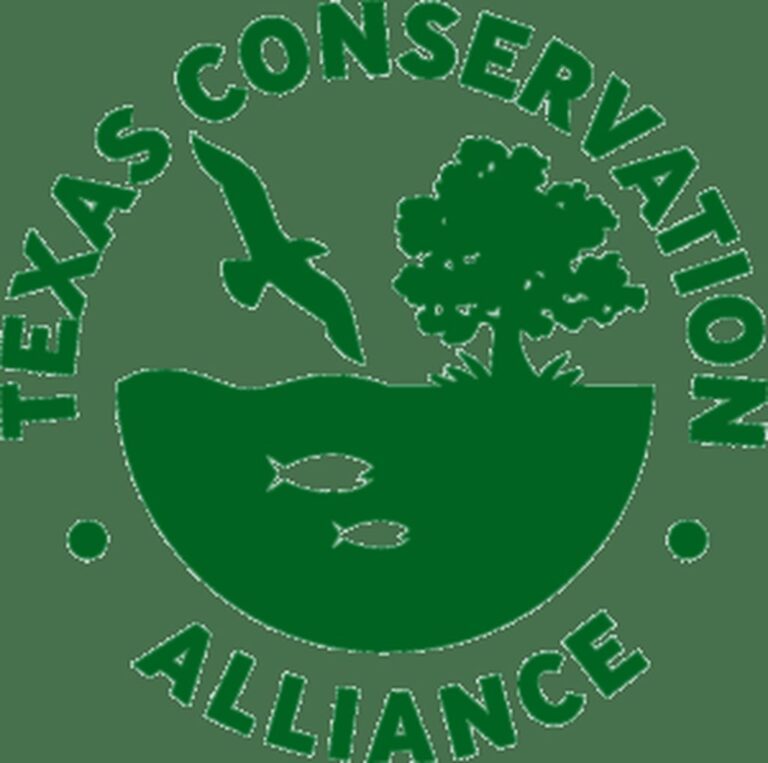Texas Environmental Activism: Key Figures and Their Contributions
Introduction: The Lone Star State’s Call to Action
Texas is a land of contrasts: vast prairies and bustling cities, lush forests and arid deserts, thriving wildlife and sprawling industrial zones. It is a state where environmental issues are deeply intertwined with economic interests, creating a complex dynamic that demands careful stewardship. As the second-largest state in the United States, Texas has significant influence on environmental trends, policies, and activism.
However, this influence is a double-edged sword. The state is a leader in both renewable energy production and fossil fuel extraction, making it a battleground for climate advocacy. Air and water pollution, habitat destruction, and climate change pose severe threats to Texas’s unique ecosystems and communities. Yet, amidst these challenges, a growing movement of environmental activists in Texas has risen to tackle these pressing issues head-on.
This article delves into the lives and legacies of key figures in Texas environmental activism, their pivotal contributions, the challenges they face, and how their work shapes the future of sustainability in the Lone Star State.
1. The Rich Environmental Landscape of Texas
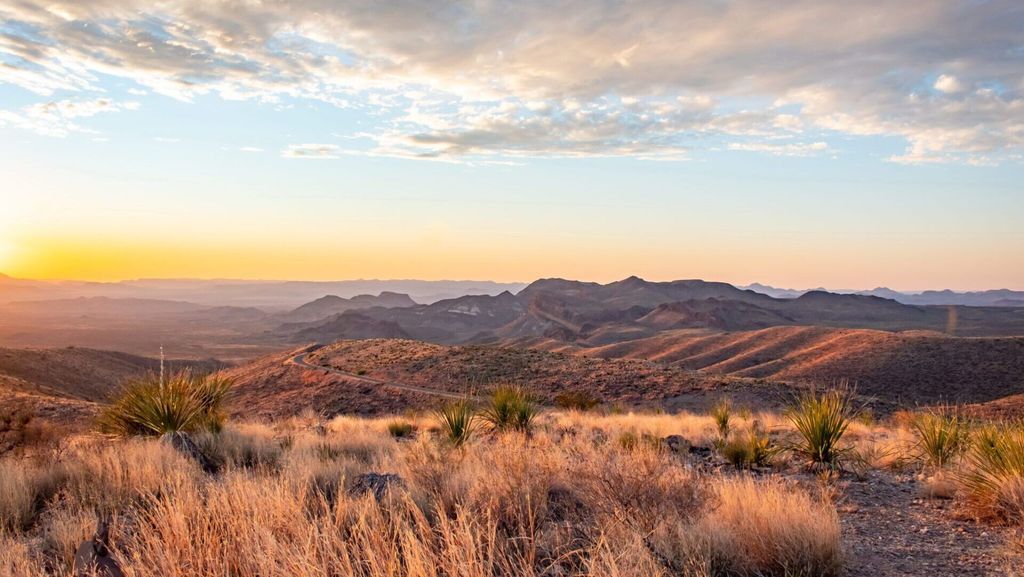
Before exploring the work of activists, it’s crucial to understand the environmental treasures they strive to protect. Texas is one of the most ecologically diverse states in the U.S., boasting:
- Unique Ecosystems: From the Piney Woods in the east to the Chihuahuan Desert in the west, Texas harbors diverse habitats for wildlife, including wetlands, prairies, forests, and coastal areas.
- Biodiversity Hotspots: The state is home to over 635 bird species, 142 mammals, 215 reptiles and amphibians, and thousands of native plants.
- Economic and Cultural Value: Natural resources not only provide ecosystem services but also fuel outdoor recreation industries, from hunting and fishing to birdwatching and ecotourism.
These natural riches face significant threats. Activists in Texas fight to balance economic growth with the need to preserve this biodiversity for future generations.
2. Key Figures in Texas Environmental Activism

David Todd: Preserving Texas’s Conservation History
David Todd is a historian, advocate, and author dedicated to preserving Texas’s conservation legacy. As the co-founder of the Conservation History Association of Texas, he has chronicled the state’s environmental challenges and successes, ensuring future generations learn from past efforts.
Notable Contributions:
- Authoring The Texas Landscape Project, a comprehensive book mapping the state’s environmental history.
- Educating Texans about the importance of land, water, and species conservation
Erin Brockovich: Clean Water Advocate
Though famous for her work in California, Erin Brockovich has been a vocal supporter of clean water initiatives in Texas. Collaborating with communities affected by water contamination, she amplifies their voices and holds corporations accountable.
Notable Contributions:
- Raising awareness about groundwater contamination in rural Texas towns.
- Empowering communities to demand transparency from corporations and government agencies.
Jim Blackburn: Coastal Defender
An environmental attorney and professor at Rice University, Jim Blackburn has dedicated his career to protecting the Texas Gulf Coast from the impacts of industrial development and climate change. His work emphasizes the importance of climate resilience and carbon sequestration.
Notable Contributions:
- Co-founding the Texas Coastal Exchange to promote wetland restoration as a means of carbon offsetting.
- Advocating for policies that protect coastal ecosystems from industrial encroachment.
Robin Schneider: Zero Waste Advocate
Robin Schneider, the executive director of the Texas Campaign for the Environment (TCE), is a trailblazer in waste reduction and recycling. Her campaigns focus on corporate accountability and grassroots advocacy.
Notable Contributions:
- Leading efforts to reduce single-use plastics and landfill waste.
- Successfully lobbying for electronic waste recycling programs across the state.
Bryan Parras: Champion for Environmental Justice
Bryan Parras, a co-founder of Texas Environmental Justice Advocacy Services (TEJAS), has been instrumental in highlighting the disproportionate environmental burdens faced by marginalized communities. His work focuses on Houston’s petrochemical corridor, one of the most polluted areas in the country.
Notable Contributions:
- Fighting for stricter pollution regulations in low-income, predominantly minority neighborhoods.
- Educating communities about the health impacts of industrial pollution
3. Challenges Facing Environmental Activists in Texas
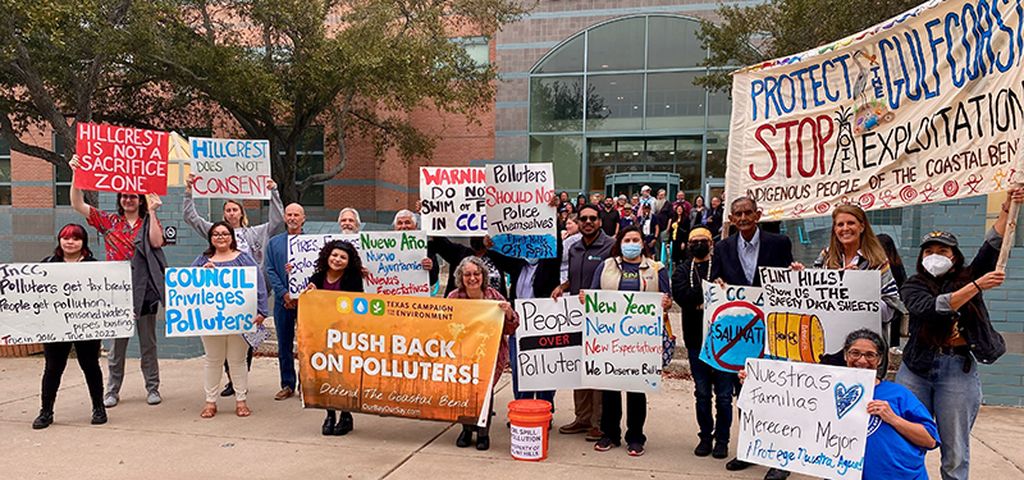
Despite their achievements, Texas environmental activists face significant hurdles:
Political and Economic Opposition
Texas’s economy is heavily tied to oil and gas, creating resistance to environmental regulations that might impact these industries. Activists often find themselves at odds with powerful corporations and political leaders.
Public Awareness
Many Texans remain unaware of the long-term consequences of environmental degradation. Misinformation campaigns by vested interests further complicate efforts to educate the public.
Climate Change
Texas is one of the states most vulnerable to climate change. Rising temperatures, extreme weather events, and sea-level rise threaten ecosystems and communities, making the need for climate adaptation critical.
4. The Role of Organizations in Amplifying Activism
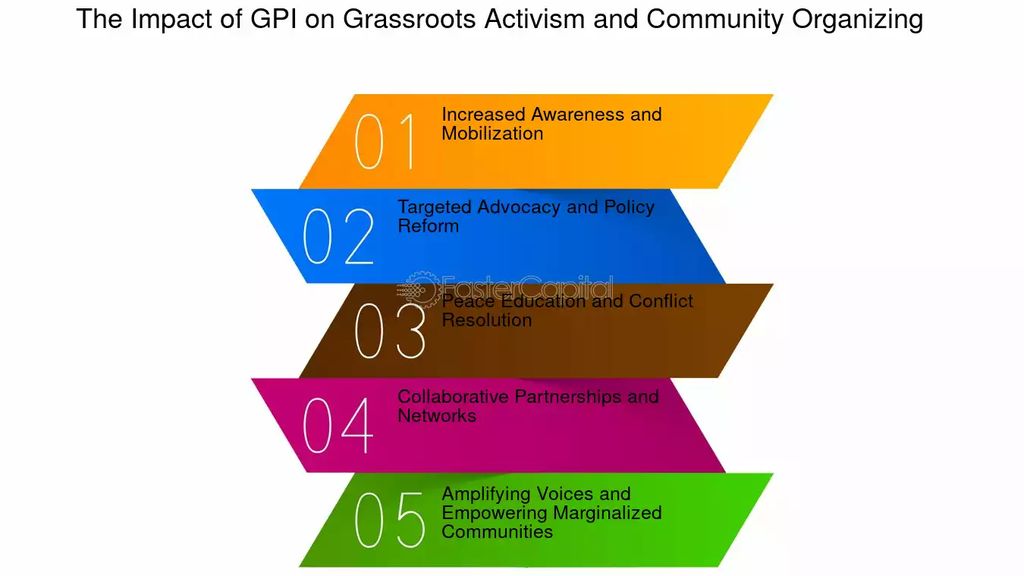
While individual activists are crucial, organizations provide the infrastructure and resources needed to drive change. Key players include:
- Texas Campaign for the Environment (TCE): Focuses on grassroots advocacy for waste reduction and recycling.
- Texas Parks and Wildlife Foundation: Supports biodiversity conservation through public and private partnerships.
- Environmental Defense Fund (EDF): Promotes sustainable energy and agriculture in Texas.
- Public Citizen Texas: Advocates for renewable energy and opposes fossil fuel expansion.
These organizations work hand-in-hand with activists, amplifying their efforts and creating systemic change.
5. How Texans Can Support Environmental Activism
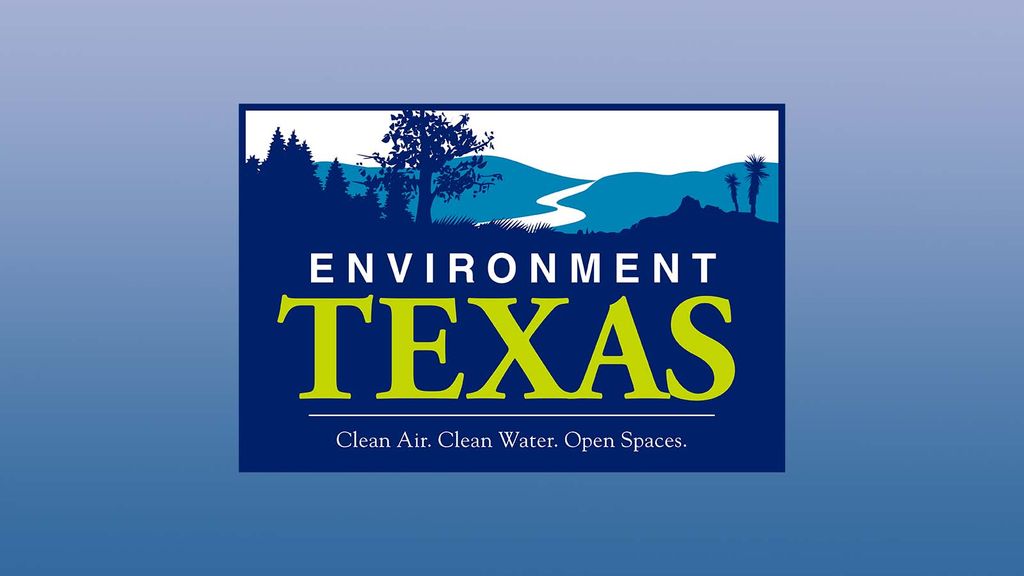
Every Texan can contribute to the environmental movement. Here’s how:
Support Activist Organizations
- Donate to nonprofits like TCE, TEJAS, or the Texas Parks and Wildlife Foundation.
- Volunteer for clean-up events, habitat restoration projects, or wildlife monitoring programs.
Adopt Sustainable Practices
- Reduce water and energy consumption.
- Avoid single-use plastics and support local recycling programs.
Advocate for Policy Change
- Contact representatives to push for stronger environmental regulations.
- Support renewable energy initiatives in your community.
Educate and Inspire Others
- Share information about Texas’s environmental challenges and activism efforts on social media.
- Host events or workshops to encourage community involvement.
6. The Future of Environmental Activism in Texas
The path forward for Texas environmental activism is both challenging and promising. As climate change intensifies and urbanization accelerates, the need for bold action becomes more urgent. Activists and organizations must continue to innovate, collaborate, and engage the public to create lasting change.
Key priorities include:
- Promoting Renewable Energy: Texas is already a leader in wind power, but further investment in solar and other renewable sources is essential.
- Building Climate Resilience: Restoring wetlands, forests, and other natural buffers will help communities adapt to extreme weather.
- Enhancing Environmental Justice: Ensuring that marginalized communities are included in environmental decision-making processes.
Conclusion: A Shared Responsibility
The efforts of Texas environmental activists prove that change is possible, even in the face of immense challenges. Their work is a testament to the power of individuals and communities to protect what they love.
As stewards of the Lone Star State, it is our collective responsibility to support these efforts. By taking action—whether through advocacy, sustainable living, or supporting activist organizations—we can ensure that Texas’s natural beauty and resources endure for generations to come.
Frequently Asked Questions (Q&A) About Texas Environmental Activism
Q1: What is environmental activism, and why is it important in Texas?
A: Environmental activism involves advocating for the protection and sustainable management of natural resources, ecosystems, and public health. In Texas, it is especially important due to the state’s significant environmental challenges, including air and water pollution, habitat destruction, and the impacts of climate change. Activists work to balance the needs of economic growth with the preservation of Texas’s unique ecosystems and biodiversity.
Q2: Who are some key environmental activists in Texas?
A: Texas has many influential environmental activists, including:
- David Todd: Conservation historian and co-founder of the Conservation History Association of Texas.
- Robin Schneider: Director of the Texas Campaign for the Environment, focusing on zero waste initiatives.
- Jim Blackburn: An environmental attorney advocating for coastal preservation and climate resilience.
- Bryan Parras: An environmental justice advocate addressing pollution impacts on marginalized communities.
Q3: What are the biggest environmental challenges in Texas?
A: The major environmental challenges in Texas include:
- Air and water pollution from industrial and agricultural activities.
- Climate change, leading to rising temperatures, severe droughts, and extreme weather.
- Habitat destruction caused by urbanization and infrastructure development.
- Invasive species, which disrupt ecosystems and outcompete native species.
Q4: What role do organizations play in Texas environmental activism?
A: Organizations provide the resources and platforms needed for effective advocacy. Key organizations include:
- Texas Campaign for the Environment (TCE): Grassroots activism focusing on waste reduction.
- Texas Parks and Wildlife Foundation: Supports conservation projects across the state.
- Environmental Defense Fund (EDF): Advocates for clean energy and sustainable agriculture.
- Public Citizen Texas: Focuses on renewable energy promotion and opposing fossil fuel expansion.
Q5: How can individuals support environmental activism in Texas?
A: Texans can contribute by:
- Volunteering with local conservation groups or participating in clean-up and restoration projects.
- Adopting sustainable practices, such as reducing waste, conserving water, and using renewable energy.
- Supporting legislation for stronger environmental protections.
- Donating to organizations that advocate for environmental causes in Texas.

